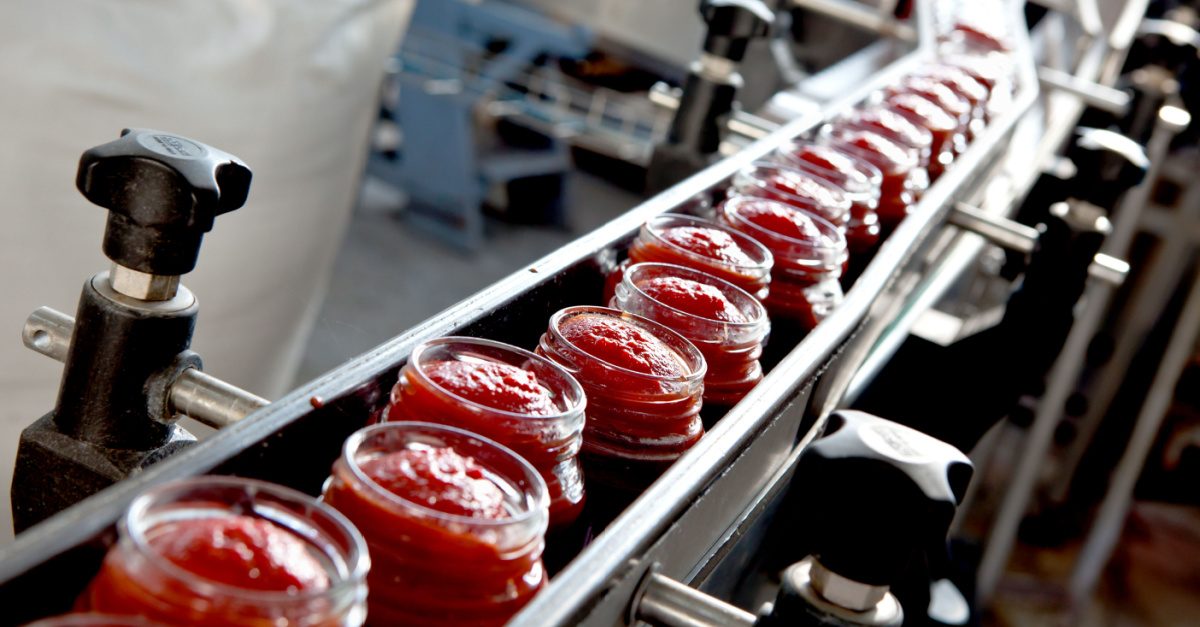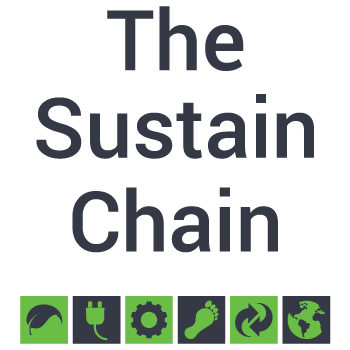
Supply Chain Software Needed to Improve Food Safety and Reliability
Many people take food supplies for granted until products are widely unavailable. Problems also arise when manufacturers must pull products from the market due to safety concerns. Supply chain software is essential for reducing hazards and increasing reliability. Here are some of the specific things it can do.
Increasing Transparency in the Food Industry
Many of today’s consumers want specific details about the origins of their food. Having that information makes it easier for people to buy from brands that align with their values. For example, if a coffee package says “sustainably sourced” on it, customers won’t necessarily take a manufacturer’s word for it.
However, providing that kind of information and the associated improved transparency becomes more challenging as the number of parties responsible for producing or packaging the food goes up. The team behind an appropriately named product called Farm to Plate intends to enhance food-related tracking and provenance. It uses blockchain technology to record food’s progress through the supply chain.
Consumers can even take a more direct role in supporting today’s food producers through this supply chain app’s microtipping feature. It allows people to securely and instantly send financial support directly to producers via the blockchain.
This is just one example of how supply chain software can give relevant details to each involved party. People tend to feel more confident in the products when everyone has the necessary information. Moreover, consumers may be willing to pay for products that are easier to trace and verify.
Holding Suppliers to High Standards
People outside the food industry are often largely unaware how many companies or individuals may take collective responsibility for getting food on the market. Problems with one supplier could harm all other parties involved in consumable goods production. That’s why many manufacturers insist all their supply chain partners adhere to certain minimum standards to remain affiliated.
Sometimes, even the most seemingly minor things contribute to safe food production. For example, federal recommendations suggest keeping dust accumulation to less than an eighth of an inch in grain bin areas to reduce explosion risks and breathing difficulties. Supply chain software can help keep digital records of what suppliers promised in their agreements with manufacturers. It’s then easier to verify that everyone’s operating as expected, which should help keep consumers and factory employees safer.
Supply chain software is also instrumental in helping the food and agricultural industries make sustainable changes. Excessive waste and high emissions are some of the issues that still need solving. Digital tools won’t fix everything quickly, but they help show manufacturers which suppliers are most sustainable and conscious of safe operations.
In one case, researchers used digital twins to track temperature details associated with 47 container loads of citrus fruits in transit. They hope to use that data to determine which factors give the fruits longer shelf life. Confirmation those specifics could guide manufacturers in suggesting or mandating the transit conditions suppliers must maintain when sending delicate items.
Improving Awareness of What Causes Reduced Food Reliability
Recent shortages of baby formula, fresh produce and more shed light on the reality that food reliability is not as unshakably solid as people might think or hope. Researchers at The University of California, Davis, crunched food security data and came up with some potentially startling but helpful takeaways that supply chain professionals could better manage with the appropriate software.
The team focused on global wheat supplies — most recently under threat from the ongoing conflict in Ukraine. One of the study’s authors pointed out that 50% of things humans consume contain grains, making the products a vital part of food security. Relatedly, they found that only seven nations contribute more than half of the world’s global wheat exports by volume. Thus, if one or more of those locations had supply chain issues, the results could be broadly disastrous.
Another surprising finding was that having more land to grow wheat does not necessarily translate to greater production. Research like this should encourage food manufacturers to use their supply chain software to identify possible weaknesses and remediation opportunities. For example, company representatives might look for ingredient substitutes to use if certain foundational items become unavailable or scarce.
Supply Chain Software Supports Food Industry Improvements
These are some of the many applications for supply chain software in the food industry. When people can retrieve information in seconds about where food came from, which parties handled it and other pertinent information, it’s easier to ensure products reach consumers in optimal condition and are safe for them to eat. Specialized software is an excellent starting point for enhanced visibility throughout the supply chain and everyone who helps manage it.
Visit The Sustain Chain from IoSCM today to access a range of useful resources and guidance.

